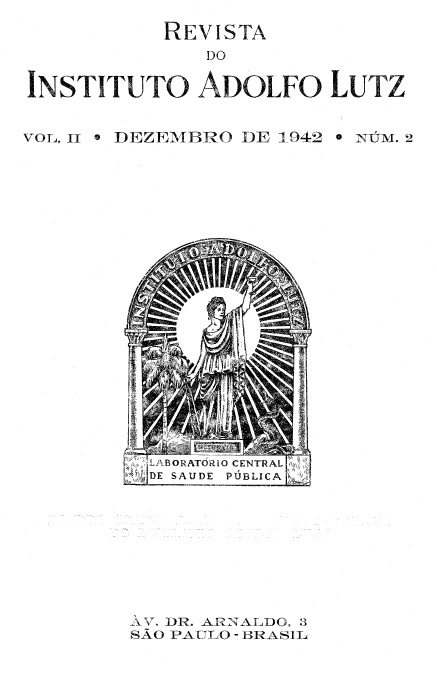Salmonella typing in the public health laboratory
Abstract
The authors refer primely to the idea of pathogenicity of the Salmonella. After making considerations about the somatic and flagellated antigens, they describe the technique used in the Institute "Adolfo Lutz" for the isolation and identification of the Salmonella. The organisms which by their biochemical characteristics are classified in this genus are emulsionated in a saline solution. A slide test with two polyvalent sera is performed, containing respectivel1y agglutinins O and H able of reacting with all types of Salmonella. For the typing the authors used a small number of somatic and flagellated sera, duly purified by saturation or dilution. Thus the authors typed 216 strains, obtaining 17 different types. They verified that the most common species among us are the following, named in the order of frequency: S. newport, S. anatum, S. typhimurium, S. butantan, S. give and S. paratyphi
Published
1949-01-24
How to Cite
Novaes, J. R. C., Taunay, A. de E., & Almeida, S. S. de. (1949). Salmonella typing in the public health laboratory. Revista Do Instituto Adolfo Lutz, 9(1-2), 115-122. Retrieved from https://periodicoshomolog.saude.sp.gov.br/index.php/RIAL/article/view/33189
Issue
Section
ORIGINAL ARTICLE










